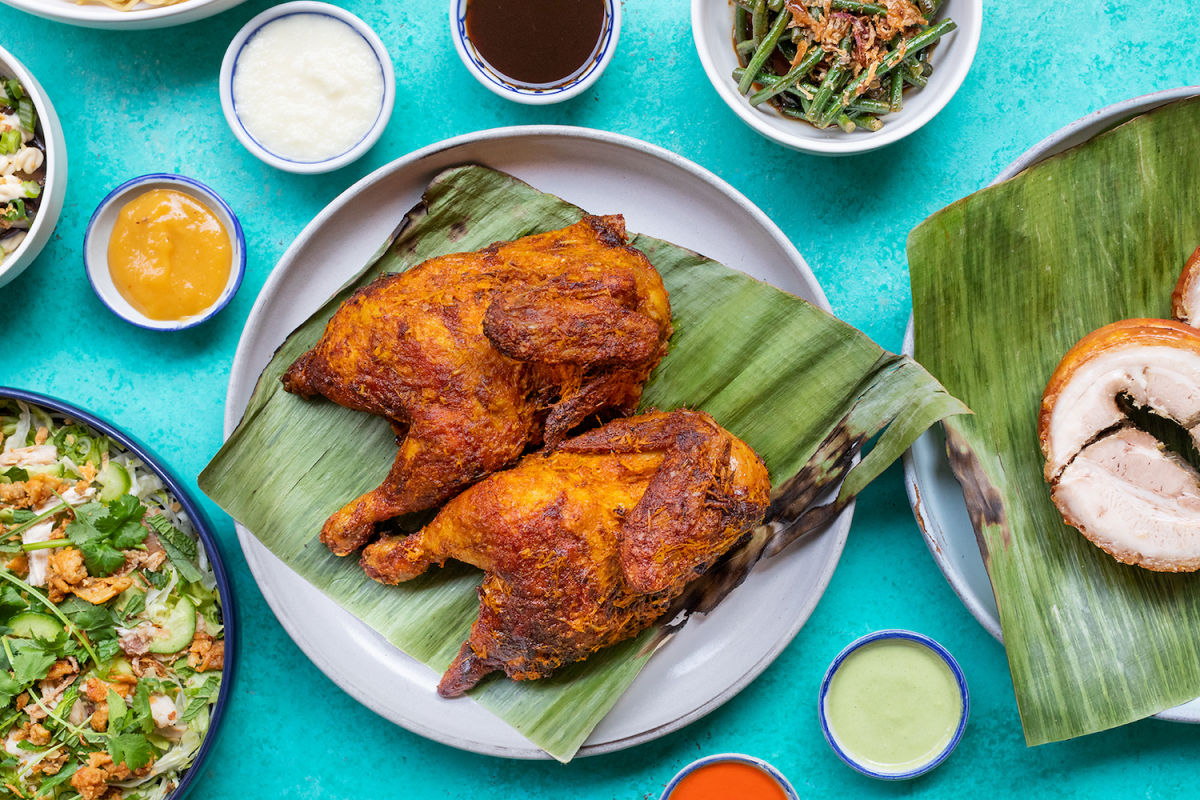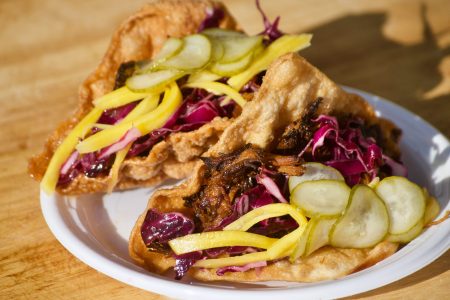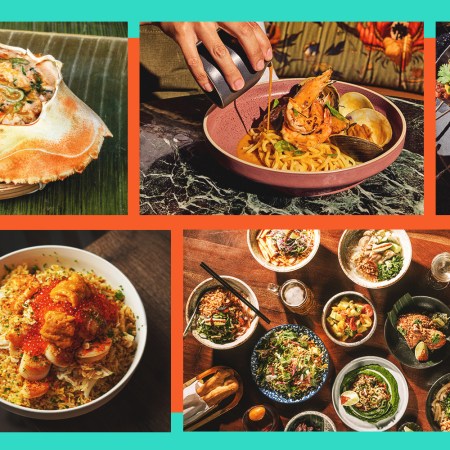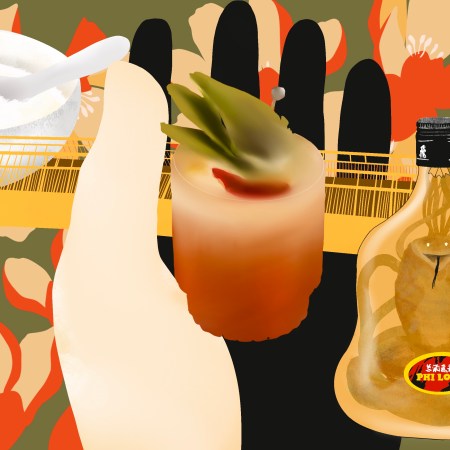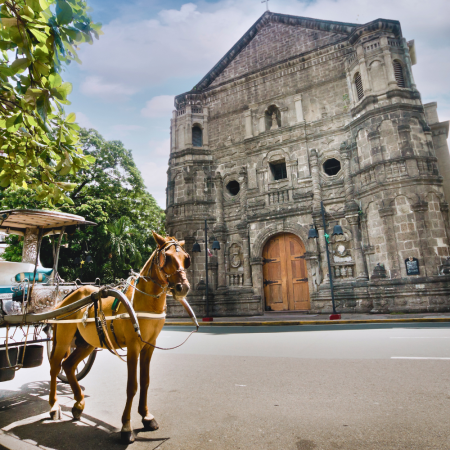It seems like every other day, a different cuisine is heralded as “the next big thing.” For Filipino cuisine, such an announcement has been made several times during the past decade. Andrew Zimmern, the host of Bizarre Foods, said it in 2012, and the late food legend Anthony Bourdain proclaimed it again in 2017. Yet, several years later, Filipino restaurants still only make up around 1% of U.S. restaurants serving Asian food, according to a recent Pew Research Center analysis, despite Filipino-Americans accounting for nearly 40% of Asians in the country. So, what gives?
“It’s like, the next new thing, the next new thing,” Genevieve Villamora, an owner of the now-closed Bad Saint in Washington, D.C., said of Filipino cuisine in a recent NPR broadcast. “We’ve been the next new thing for over 20 years, you know? When do we just get to be part of the American culinary landscape?”
Filipino-Americans might tell you that the disproportionate representation has a lot to do with a lack of understanding for the culture in general, and an exoticism of both Asian cuisine as a whole and of specific Filipino dishes — such as the delicacy balut (fertilized duck embryo), which has led to negative generalizations about the approachability of Filipino cuisine. Recently, though, a number of milestones achieved by hard-working Filipino chefs and restaurateurs are beginning to turn the tides in a meaningful way. Social media-friendly Pinoy ingredients such as vibrant purple ube are also providing appeal to a wider American audience, and revered food institutions like the James Beard Foundation are now taking notice of Filipino talent. It’s a promising path for the Fil-Am community and exciting for the future of lesser-appreciated Asian cuisines.
Formal Recognition
“To be recognized for cooking my mom’s food is insane,” gushed Filipino restaurateur Tim Flores while receiving the award for Best Chef: Great Lakes alongside his partner Genie Kwon at the James Beard Awards this June. Flores and Kwon are at the helm of the country’s first Michelin-starred Filipino restaurant, Kasama, in Chicago. Kasama was one of five Filipino-American restaurants and chefs that were represented at the annual awards, which are widely regarded as top honors in the culinary world. Now one of the hardest tables in town, Kasama serves up elegant representations of Filipino cooking during their 13-course tasting menu, from their now-iconic mushroom adobo to lamb belly kare kare (a traditional stew in savory peanut sauce).
Nominated for Outstanding Pastry Chef or Baker was Vince Bugtog, who can be found making innovative Pinoy pastries at Abacá in San Francisco — from Bibingka (baked rice cakes) with salted egg and brie cheese, to Buko Lychee Cream Puffs and Ube Macapuno (a light and fluffy cake in a vibrant purple hue). Bugtog came to work at the now critically-lauded restaurant after experiencing somewhat of a cultural identity crisis and says he was encouraged by Abacá’s owner and chef, Francis Ang, to lean into unique ways to represent Filipino cuisine through his pastry. Ang, who spent his formative years in Manila, attributes the turning of the tides for Filipino cuisine to the lessened need for immigrant assimilation.
“When the Philippines were governed by Spain, we had the mentality that our food was not superior, that it was not good enough,” Ang says. “This mentality was learned through the next generations. Then, when the first generation of Filipinos migrated to the United States, they sent any and all money they could back to the Philippines to support their families, leaving little budget left to spend in restaurants. Not only this, but assimilation was very important for first generation Filipinos; they wanted to blend in, to eat like everyone else, so there wasn’t a market for Filipino restaurants in the United States at the time.”
How to Make Filipino Pork Adobo, Your New Favorite Taco Filler
Queens chef Diana Manalang serves her adobo in fried wonton shellsEven a decade ago, the culinary landscape for Filipino options was bleak, yet soon to be burgeoning. Groundbreaking restaurants like Nicole Ponseca’s Jeepney and Maharlika were just opening their doors in New York City, and small pockets of casual Filipino establishments could be found in certain communities in places like Brooklyn, Los Angeles and the Bay Area. Ponseca is now largely credited with bringing Filipino cuisine to the masses in New York, providing a gateway for other aspiring restaurateurs and chefs to share their culture with Filipino and American diners alike. Even then, it was a slow progression.
“Once the next generation started spending money on dining out, the few Filipino restaurants that existed were continually challenged by diners who thought they could cook better Filipino food at home,” Ang says. “This was in part because of the regionality of our cuisine. These same diners also questioned why they would spend money eating at these restaurants when the food wasn’t ‘traditional’ and was ‘too expensive,’ and this created what we called crab mentality. If Filipinos weren’t dining in Filipino restaurants themselves, then why would anyone else embrace our cuisine?”
Today, Ang says Filipino Americans have woken up to the cultural disconnect. “We are working hard to fix it so we do not lose what’s most important to us: our culture, our native language and our cuisines,” he says. “We are working to be proud Filipino Americans. Because of this, and the Filipino restaurateurs before us, it has paved a path for new Filipino restaurants, such as Abacá, to survive and to flourish. The crab mentality is subsiding, and people everywhere are starting to take note of our culture and our cuisine.”
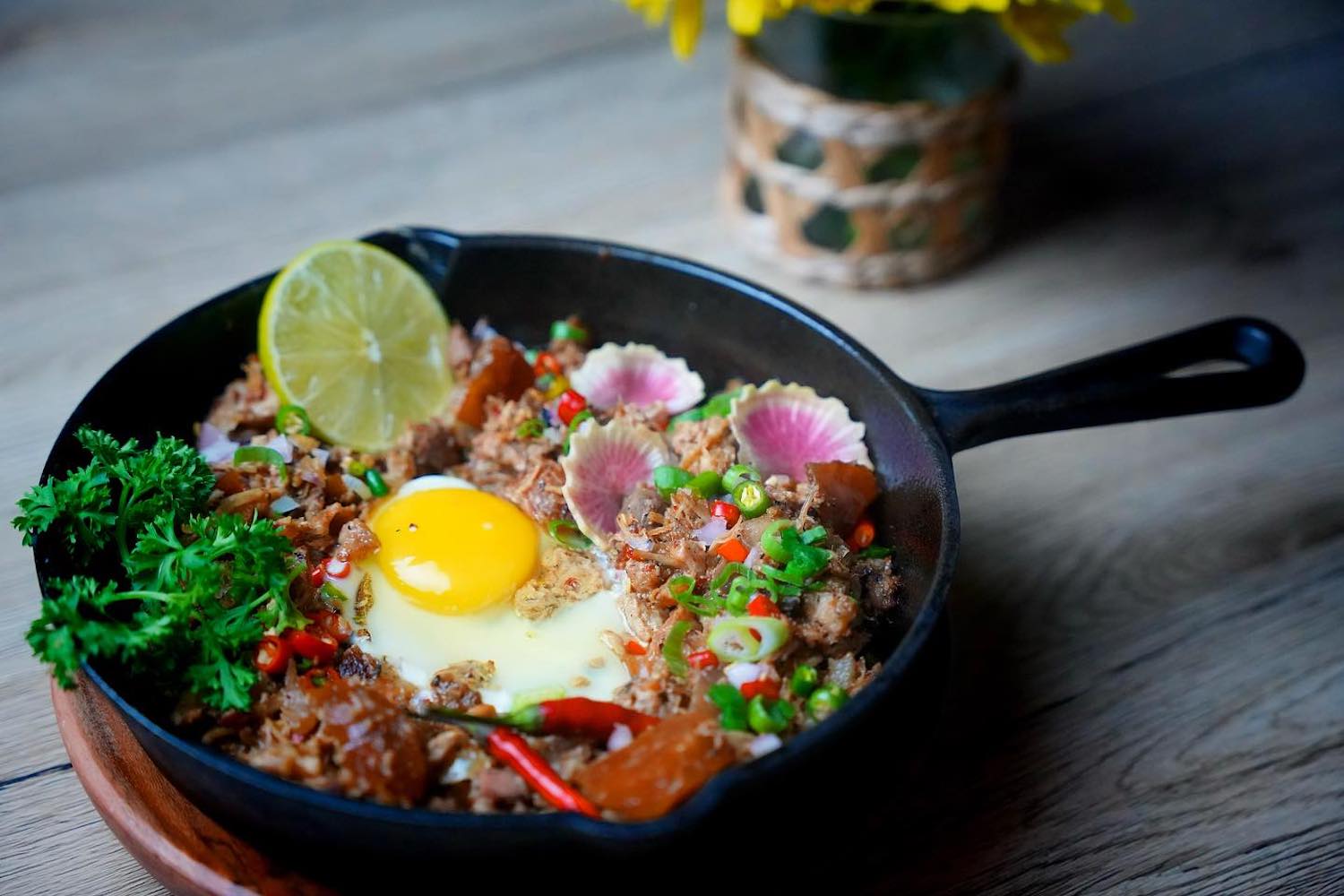
The Future of Filipino-American Cuisine Is as Diverse as the Islands
As Ang mentioned, one unique tenet of Filipino cuisine is its incredible diversity. While there are iconic dishes eaten across the country — such as adobo, lumpia and sinigang (fish) — countless other regional dishes are largely underrepresented on restaurant menus. It doesn’t help that around a whopping 2,000 of the islands that make up the Philippines are inhabited, and each one represents a unique melting pot of culture and cuisine.
Above all else, though, the intrinsic flavors of Filipino food transcend your standard recipe. One can almost always expect salty proteins, the tang of vinegar and a fresh squeeze of citric calamansi to end up on your Pinoy plate. Communal dining — called a kamayan, meaning “by hand” — is also central to Filipino dining customs. During a kamayan, a variety of dishes are laid out on a long table atop banana leaves for joyous shared consumption.
“Kamayan is a communal, almost sacred way of eating,” Ang says. “It brings people together as you are sharing food in an ancient way by using your hands to eat, and we believe this leaves you unguarded without utensils and judgment.”
Kamayans are also becoming a cornerstone of the emerging Filipino restaurant culture in the States, with unique interpretations being offered at Abacá, as well as in spots across the country like Big Boi in Los Angeles and at the pop-up series turned brick and mortar Kamayan ATL in Atlanta. These widening offerings represent a growth in understanding of (and demand for) Filipino cuisine, demonstrating it isn’t merely “the next big thing,” but rather, finally gaining a substantive foothold in the larger American culinary landscape and subconscious.
Now, curious diners can enjoy a typical Filipino silog breakfast (garlicky rice called sinangag, served with a runny fried egg and protein) at Tselogs in the Bay Area, or halo-halo (a shaved ice dessert with condensed milk and ube ice cream) at Purple Yam in Brooklyn. Lasita in Los Angeles specializes in Filipino rotisserie and natural wine, Manhattan’s Flip Sigi serves up longanisa sausage tacos and you can stop by Rose Ave Bakery in Washington, D.C. for pandan coconut donuts.
“We want people to understand that Filipino cuisine is complex and diverse, and that it’s an ever-evolving cuisine with influences from Austronesian, Chinese, Indian and other Southeast Asian cuisines,” Ang says. “We don’t want people to get stuck thinking things should be one certain way, or that they should be more traditional.”
Every Thursday, our resident experts see to it that you’re up to date on the latest from the world of drinks. Trend reports, bottle reviews, cocktail recipes and more. Sign up for THE SPILL now.
